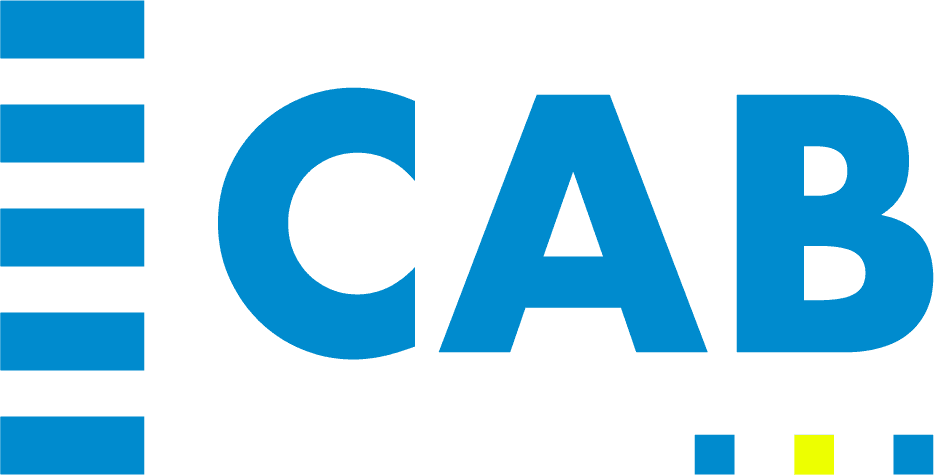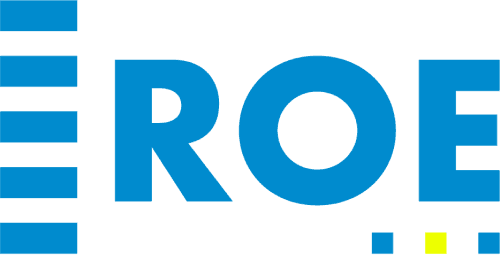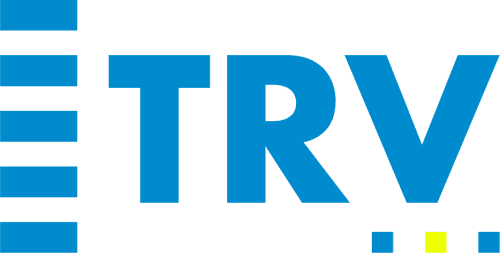Most people picture “work-life balance” as a constant tug of war: work on one side, personal life on the other. No wonder it feels exhausting. The problem isn’t you. It’s the model.
Instead of forcing a strict switch, why not let the two blend? A laugh with coworkers. A spark of creativity on a Saturday morning that carries into Monday. That’s what I call work-life INTEGRATION.
I want to welcome things like fun in the workplace, and then also welcome the idea of creative inspiration on the weekends. So, I’m not splitting my life into boxes. I always feel ‘’me’’ since I can flow continuously through my daily routine with proper integration of both parts of my life.
The Myth of ‘’Balance’’
When people say “work-life balance,” it sounds like you’re supposed to split things right down the middle. Half work. Half personal. Perfectly even.
Sounds nice, right? In real life, it sets you up for guilt the moment things tilt even slightly.
It’s sort of like flying a plane. A pilot doesn’t hold the controls in one perfect position for the entire trip. The plane would drift off course. Instead, it’s constant small adjustments, a nudge here, a correction there, that keep it steady.
Life works the same way. You don’t need a flawless 50/50 divide. Some weeks you’ll pour more into work, others into family, hobbies, or rest. Melissa Steginus, a productivity coach, reminds us, ‘’Remember that work and life coexist. Wellness at work follows you home and vice versa."
You just have to notice when you’re off course and make those little corrections before things spiral. That’s how you keep moving forward without burning out.
Work-Life Integration as the Better Model
For the first time ever, we’re living in a world where employees are prioritizing work-life balance over salary when choosing to stay at a job. Around 83% of workers ranked work-life balance as highly important, compared to 82% who chose salary.
But how do you achieve this important job satisfaction determinant?
Here’s the thing: balance suggests you’re juggling two separate worlds. Work on one end. Life on the other.
You clock in, shut off “life,” and when you clock out, work is supposed to disappear. But life rarely fits into that box, does it?
Integration feels more natural. Basically, you don’t treat work and personal life as rivals. You let them flow into each other. That means inviting fun into your workplace and allowing personal moments to spark professional ideas.
Don’t mistake it with blurring boundaries until you’re “always on.” You’re just giving yourself permission to flow back and forth without guilt.
It starts with small things. A mid-day walk that clears your head and helps you return with better ideas. A family dinner where a casual conversation sparks inspiration for a project.
When you start seeing your life as one continuous rhythm, the pressure to get a perfect split disappears. That goes in line with one of my favorite quotes from Jana Kingsford, the founder of Beliefetics, "Balance is not something you find; it's something you create."
Practical Steps to Achieve Work-Life Integration
It’s one thing to nod along with the idea of integration, but it feels different when the emails are piling up and your personal life is tugging at you. I’ve got a few suggestions on how to deal with this.
Redefine Boundaries
Boundaries don’t have to feel like walls. They’re more like runway lights, guiding you, not boxing you in.
Motivational speaker Wayne Dyer explains how it’s not about starting from scratch, but realigning. He suggests, ‘’Getting in balance is not so much about adopting new strategies to change your behaviors, as it is about realigning yourself in all of your thoughts so as to create a balance between what you desire and how you conduct your life on a daily basis.’’
Maybe that means shutting your laptop at dinner and giving your full attention to the people around the table. Or it could be telling your team you’re offline after 7 p.m. so you can recharge.
Schedule What Matters
We all fill our calendars with meetings, but how often do you schedule the things that refill your energy? Try blocking time for a mid-day workout or a weekly lunch with a friend. When it’s on the calendar, it becomes real.
Micro-Moments of Joy
Don’t underestimate the power of little things. A five-minute coffee break in the sun or a quick call to someone who makes you laugh can do wonders.
Research also shows that people who commit micro-acts of joy are 34% more likely to agree that they feel in control. Isn’t that what we want to achieve with work-life balance? Better control.
Even better, research indicates just seven days of these micro-acts can reduce stress. Only a week to make such a huge difference!
Flexibility Over Rigidity
Life rarely unfolds exactly as planned. Some weeks demand extra focus on work, and other weeks you need to lean into family or rest.
Don’t beat yourself up. Give yourself permission to adjust. Integration is more about the flow than perfection.
The Payoff of Integration
I always come back to this quote by Michelle Obama when I’m discussing integration: ‘’We need to do a better job of putting ourselves higher on our own ‘to-do' list." We owe it to ourselves.
The payoff of work-life integration is bigger than you might think. When you create the perfect flow, you feel lighter and more energized.
In organizations, happy employees stick around longer. They do better work, which equals higher productivity.
On the personal side, life feels richer when work doesn’t suffocate it. You get to enjoy family dinners without your brain buzzing about unfinished tasks. You can head into a weekend knowing it’s okay if a creative idea pops up, you’ll use it, not resent it.
Taking Off for Work-Life Integration
Balance was never about strict separation. You have to make it about creating a natural flow.
Work-life integration lets you welcome inspiration at work, joy at home, and productivity without the constant guilt of falling short. Stop chasing that perfect split and embrace integration. Trust me, you’ll feel more fulfilled and more like yourself.
Sources
Guardian: ‘’Work-life balance more important than pay for employees worldwide.’’ Accessed 10/06/2025.
Greater Good: ‘’Can Little Steps Lead to Big Joy?’’ Accessed 10/06/2025.
UCSF: ‘’Too Busy to Focus on Your Happiness? Try Daily Micro-Acts of Joy.’’ Accessed 10/06/2025.

Article by
Founder, Think Like a Pilot & GBM6
Bobby Dutton is a professional speaker, entrepreneur, and philanthropist. He's also a licensed commercial pilot and flight instructor -- for fun. Thriving at the intersection of engineering and art, Dutton created GrooveBoston in 2004, built on the statement "Music is No Longer a Spectator Sport." His team (now called GBM6) is about making people happy, through legendary events. Bobby's pioneering work on event design has won him awards internationally, and he was voted one of the "Top 25 Young Event Pros to Watch" by Special Events Magazine. After 20+ years of navigating high-stress situations as a business owner and event producer, Bobby found calm in an unlikely place: in the sky. He now teaches these aviation-inspired decision-making tools to thousands through events, keynotes, and workshops.










